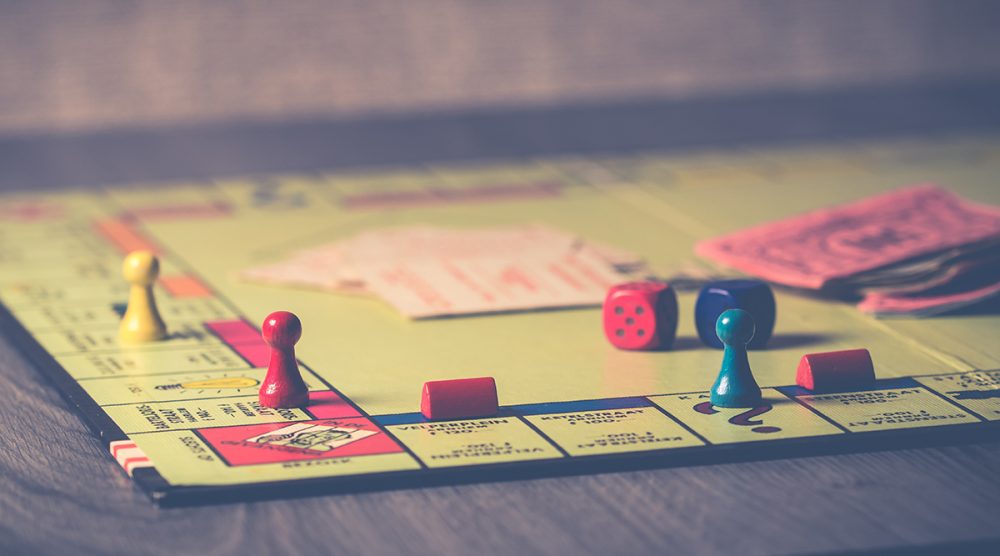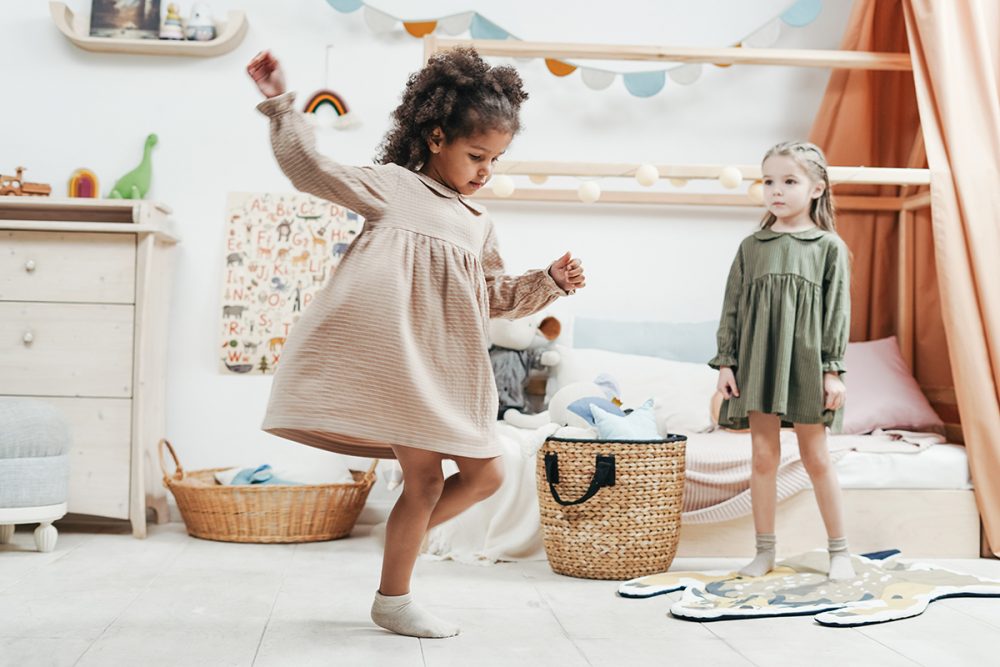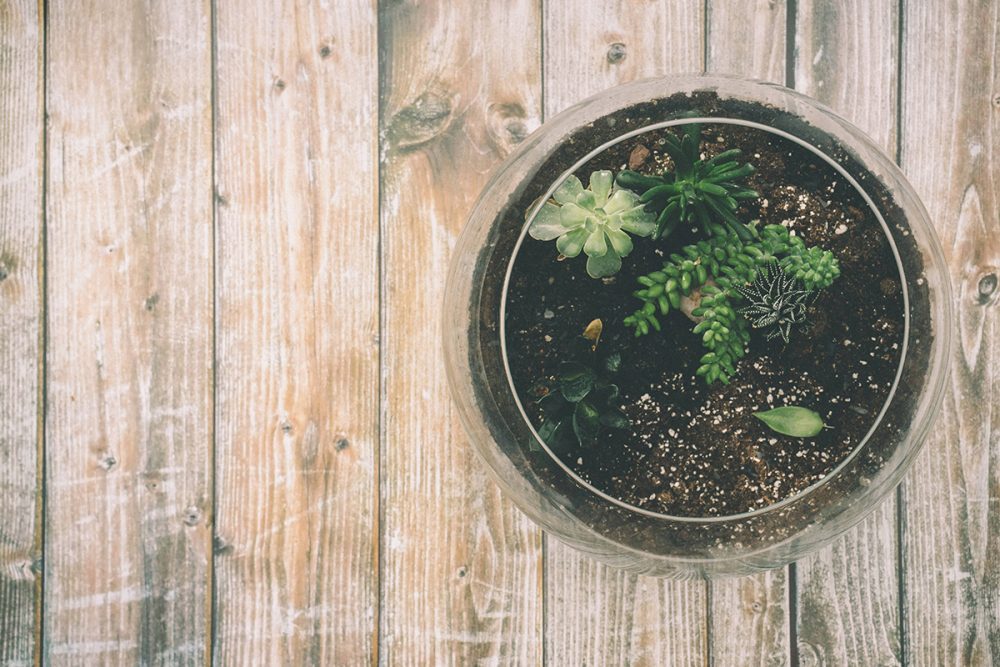As we find ourselves in lockdown, for those stuck at home with kids – these four weeks can be a little daunting with trying to find things to keep your children entertained. We’ve put together some ways to keep the fun going.
1. Make a cardboard fort
So simple but the fun can last for hours. Put any boxes you have out in the garage to good use. Don’t have boxes to spare? A sheet fort using chairs and bedsheets can be just as fun.
2. Set up a treasure hunt
Treasure hunts are pretty easy and depending on how many items there are, could last a while. Hide anywhere from 10 to 20 items around the house or outside to keep kids occupied for a few hours. Especially with easter coming up, a backyard easter egg hunt is a great way to keep the kids occupied.
3. Take them to a virtual aquarium
Aquariums are a great way to learn about the underwater world, and also a great way to relax the kids at the end of the day as fish can have a calming effect. Check out a bunch of virtual tours of aquariums from all around the world here.
4. Read-at-home bingo
Get the kids reading more with a read-at-home bingo activity. Here is a great one that you can print out and the kids can cross off as they go. This activity works well if you have siblings around the same age so they can have some healthy competition with who can complete their bingo grid first.
5. Virtually visit the Louvre
Transport you and your family to Paris, France by taking a digital tour of one of the most famous international museums, the Louvre.
6. Bake together
Cookies, cakes, brownies. Anything! Baking is a great lesson in measuring, ingredients, and of course, making delicious goodies.

7. Sign up to Crikey Club
If you’ve got an animal lover in your life, we recommend signing them up to Crikey Club. This fun online club run by Iriwns and Australian Zoo is a fun way to learn about conservation, with virtual zoo tours, activities and education all in one.
8. Have a picnic
Grab a sheet, whatever food you have, and enjoy a living room picnic or take the fun out into the backyard if you are able. You can even play that memory game at the same time: “I’m going to a picnic and I’m bringing…” Each person takes turns remembering (in order) what everyone is bringing and then adds one thing each turn.
9. Train the dog
If you’ve got a family dog , why not use this time to teach it a few new tricks. Start with the basics and move onto more complicated ones. Even an hour a day can make such a difference.
10. Film TikToks
Quarantine? It’s perfect time to choreograph and film TikToks.
11. Keep to a schedule
Schools may be closed but one of the ways to keep things running efficiently at home is to stick to a schedule. Not only will this help to keep your household running smoothly, but can also give the kids things to look forward to during the week.
12. Listen to Olaf read stories on Twitter
Josh Gad just gets it. (He’s a dad, after all.) To make it easier on all of us, the voice of Olaf has been broadcasting readings of different kids’ stories over on his Twitter.
13. Join a Facebook Live dance party with DJ Mel
DJ Mel in Austin, Texas, is hosting a weekly kid-friendly “Living Room Dance Party” on his Facebook page. Join the fun here! Thousands have been tuning in, so get ready for fun. There’s also lots of fun dance videos on youtube for all different levels. For little ones, we love Jump Jam.
14. Start an independent novel project
Read a book together and, as an added educational component, have the kids write up an independent novel project once it’s finished. The novel project can feature a summary and reaction. Home projects are a great way to keep the kids learning during this time.
15. Make a sensory bin
Fill it with anything and everything, give the kids some shovels, and they’ll be excavating for hours.
16. Make a space for learning
This won’t keep kids entertained, but it will make learning from home all the more easier. Set up a designated homework/schoolwork area. Whether it’s a desk or a specific place at the kitchen table, having a workspace can really help kids focus.

17. Do give them a break
Setting a schedule and focusing on educational tasks is awesome, but you should take time to focus on some playtime too. After a few educational tasks, make sure to focus on some backyard time too.
18. Write a letter
Break out the envelopes, the stamps, the pens, and paper. No, we’re not talking e-mails; we’re talking old-fashion snail mail. Write a mail a letter to someone you love, like grandma and grandpa, or a family member who lives far away.
19. FaceTime family members
FaceTime is another meaningful way to connect with family and friends while practicing “social distancing.” Use it to check in on family members and to socialize, even if it’s just over the phone.
20. Make your own play dough
Need a recipe? Check out this one from I Heart Naptime. All you need are quart-sized bags, all-purpose flour, salt, cream of tartar, water, veggie or coconut oil, and food coloring.
21. Do some spring cleaning or organising
We know cleaning isn’t exactly “fun,” but with everyone off from school and off from work, the house is bound to get messy, and pretty quickly at that. Carve out a few minutes, even if it’s just 15, each day to prioritize organization.
22. Play cards
Uno, Go Fish, Solitare… Any game you can think of!
23. Break out the board games
Scrabble, Monopoly, Candy Land, Checkers, Chess, Snakes and Ladders…

24. Put a puzzle together
Break out the jigsaw puzzle!
25. Go for a walk
It costs nothing, and it’s important to keep exercising during this time.
26. Play charades
No talking. Just you and your fam acting something out. It’s a classic boredom-saver.
27. Host a paint night
Grab some canvases, brushes, and paints, and do a paint night at home.
28. Make a pizza
It’s miscellaneous toppings night. Whatever you have laying around the house, that’s what’s going on your homemade pizza!
29. Write in a diary
Writing down your thoughts is a classic way to pass the time. Gratitude journals are also a great way to remember some of the positives in the world during uncertain times.
30. Practice mindfulness
You can practice mindfulness using an app, sitting quietly, or with a few worksheets. We really like these ones by thecreativeclassroom to help get you started.
31. Set up indoor hopscotch
If you can’t get outside, grab some painter’s tape and map out your hopscotch indoors.
32. Practice opposites
Playing the opposites game is an educational exercise for toddlers. You say “in,” they say, “out.” You say, “on,” they say, “off.”
33. Do Yoga
The YouTube account Cosmic Kids Yoga has all kinds of yoga-for-kids videos. It’s not just for kids, either; you can all do yoga together as a family!

34. Play dress-up
It never gets old.
35. Listen to an astronaut read from space
Storytime From Space is unlike any other kind of storytime; NASA astronauts read stories to kids while they float around in space.
36. Take a virtual tour of a farm
Learn about what it takes to run a farm, meet farm animals, and more by taking a virtual farm tour on Farm 360.
37. Create an animal fact sheet
Have your child pick an animal. Can they make a fact sheet, listing everything they know about that animal? Now, do some research. After learning a little bit more about that animal, have your child add new facts to the sheet about what they learned
38. Learn how to edit videos
Use programs like iMovie or YouTube to teach kids how to edit videos. It’s a meaningful skill to have in both school and the real world! Who knows? Maybe they’ll want to even create their own YouTube channel.
39. Make your own board game
Is your family up to the challenge of creating your own board game? Use the DIY board game instructions.
40. Interview each other
Interviewing is an important skill. You and your child can start interviewing each other face-to-face by asking each other questions and taking notes. If your child shows interest, they can take it to another level by calling a grandparent or family member and interviewing them over the phone.
41. Write opinion pieces
A great academic practice to get into, either after reading a book, doing research, or watching a movie, challenge your child to write an opinion piece about it. What they thought, what their opinions are, and if they’d recommend the book/movie/resource.
42. Watch Bill Nye the Science Guy
This science experiment site has some great at-home experiments you can do with your budding scientists.
43. Try origami
Might as well hone our origami skills, right? Learn how to make dozens of origamis: dinosaurs, swans, frogs, and more.

44. Listen to But Why: A Podcast for Curious Kids
Does your kid always ask ‘but, why?!” This site has some great kid-friendly podcasts that answer some of those questions. There’s even some great resources here on ways you can explain the Coronavirus sitation to your little ones. Tune in here!
45. Listen to Stuff You Should Know
Stuff You Should Know is a podcast for kids. You know, stuff they should know.
46. Listen to KidNuz
We bet your family will get hooked. Listen here.
47. Virtually tour the Great Wall of China
You don’t need to leave your home to explore some of the most historic monuments out there—the Great Wall of China included.
48. Check out these kid-friendly recipes
Cooking with children is one of the most educational lessons you could give.
49. Practice instruments
If your kids are learning instruments, make sure to instill an hour-long practice time each day.

50. Bird watch
Can you identify five types of birds and then research them?
51. Make a list of the animals that live in your neighborhood
What kinds of animals live near you? Make a list of all the animals you observe while looking out the window.
52. Make a sticker book
Paper? Check. Stickers? Check. Staples? Check. Make a sticker book, then decorate it.
53. Learn about insects
Log onto the Smithsonian Science Education Center to do a deep-dive into insects.
54. Take a virtual glider around the world
The Smithsonian Science Education Center has more resources, too, including a virtual glider that makes you feel like you’re flying around the world, exploring.
55. Learn about sugar
Here’s another good one: Learn all about sugar through an online simulation that shows kids how sugar dissolves and interacts with other substances.
56. Launch ABCmouse Learning Academy
ABCMouse Learning Academy is a great educational resources with tonnes of lessons that kids can benefit from.
57. Do chores bingo
Squares can include “put away your clothes,” “brush your teeth,” “put the dishes in the sink,” etc.
58. Craft your own hand soap
There’s never been a more relevant DIY project than making your own hand soap.
59. Do an at-home dance class
Dance like no one’s watching! (And make sure you’re not sitting on the couch all day.)

60. Learn with Osmo
Osmo is an online learning resource that interacts with the real objects you have in front of you. Osmo interacts with the physical items in front of you for engaging play.
61. Discover BrainPop
BrainPop is an educational resource that provides lesson plans for all kinds of subjects—even health, arts and music, and engineering and technology.
62. Create pasta jewellery
Paint it, thread it, and then wear it!
63. Try some STEM activities
STEM activities are great for learning and educating kids about science and math.
64. (Virtually) visit Alaska
Take a family trip to Alaska… virtually, of course. Visit Denali National Park a la Google Maps and learn about the wildlife, environment, terrain, and more.
65. Check out Mystery Science
Mystery Science has lesson plans for kids in kindergarten through fifth grade. Their lesson plans cover everything from: How does hand sanitiser kill germs? to What causes things to glow-in-the-dark?
66. Watch an online music lesson
Music to Your Home provides online, guided music lessons.
67. Practice another language
Listen to audio recordings of other languages (like Spanish, for example) on slow. Repeat to practice pronunciation.
68. Start an indoor herb garden or terrarium
You can start an indoor herb garden by using eggshells as planters or make a terrarium out of mason jars. Check out Food52 for a terrarium tutorial.

69. Make a vision board
Print out pictures from Pinterest or Google and adhere them to a poster board or computer paper. Fill it with images of what you want this year to be, then hang it on the fridge or somewhere where everyone in the family will see it often.
70. Join a free virtual arts & crafts lesson
McHarper Manor is offering a free arts and crafts lesson on Facebook Live every day at 1PM EST. You can check out their supply list for what you’ll need for the first few projects on their website.
71. Jump, mediate, and get moving
That might not seem like one individual idea but you can do all three with GoNoodle. GoNoodle encourages kids (and families!) to get moving, whether that’s dancing, meditating, or just jumping around!
72. Take Dr. Seuss’s Word Challenge
Log onto Suessville and you can join Dr. Seuss’s Word Challenge. The challenge is to read as many books as you can. If reading challenges aren’t your speed, still poke around on Seusville where there’s Dr. Seuss-themed games and videos.
73. Set up an indoor gym class
Obstacle course, anyone?
74. Paint with shaving cream in the shower
Shaving cream painting is a favorite sensory activity amongst preschool teachers, but if you’re doing it at home, it’s best to do it in the shower or bathtub. Add food dye to the shaving cream to make it all the more interesting!
75. Make slime
There’s a bunch of different ways to make slime but if you’re just getting started, the below tutorial is perfect for beginners.
76. Play with a sensory rice bin
Dye rice all the different colours of the rainbow, then let your child dive in with scoopers. You can even hide other small toys or prizes inside the rice and she has to dig out.
77. Make a self-portrait
If you want to keep things simple, the self-portrait can be made with crayons or markers. But if you want to take things up a notch, switch to a more unconventional medium: candy, pasta, buttons, or anything else you can find!
78. FaceTime a princess
Live from the castle, your child’s favorite princesses are available via FaceTime or Skype! You can decide what to chat about during the 15-minute call; princesses can even read your little one a goodnight story.
79. Solve a maze
This one incorporates everyone. Parents or older siblings can draw a maze on construction paper; the younger ones can try to solve it by drawing along the maze with a crayon.
80. Don’t forget about Disney+!
When all else fails and you crack on the screentime rules, don’t forget Frozen 2 is now streaming on Disney+.






